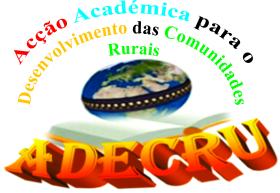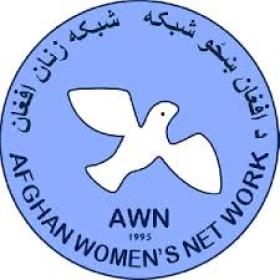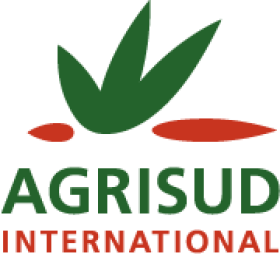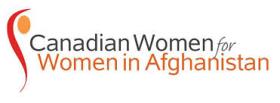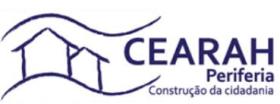Feminismo em Moçambique: pela terra, liberdade, sororidade e uma vida livre de violência
Por Nzira Deus
Por Nzira Deus
Advancing women’s land rights is a priority for the international development agenda. Yet, there is no consensus on which rights should be monitored and reported. Three indicators of women’s property rights are widely used in the literature. Each captures a different aspect of women’s land rights, but a recent paper explores the extent to which these different rights are held by the same person, using data from six African countries.
When Talabitti’s husband died in 2016, her claim to the family land seemed to die with him. Though her husband had worked the family land by himself, upon his death his male cousins laid their claim. If Talabitti attempted to make a competing claim, they threatened to drive her away – with violence, if necessary. Sadly, this threat materialized.
As escolas ‘Ecologias Feministas’ são espaços de reflexão colectiva sobre saberes e práticas de mulheres de diferentes realidades, de forma a articular velhas e novas resistências e imaginar alternativas. É um espaço de aprendizagem que pretende ultrapassar os limites estruturais do pensamento académico, estabelecendo um diálogo horizontal com os saberes que se cozinham nas panelas do quotidiano, que brotam das lágrimas de raiva das mulheres que lutam pelos seus direitos, que se tecem entre redes de apoio mútuo e de reciprocidades não simétricas entre elas.
Evento: II Seminário Internacional GeoÁfrica
The new book Migration and Women’s Land Tenure Security in the Greater Mekong Sub-region draws on country-level and ethnographic research, based on a collaboration between FAO and Chiang Mai University.
This publication provides practical and evidence-based guidance on how to improve women’s access to land as an essential element to achieve social and economic development and enjoyment of human rights, peace and stability in the specific context of the Muslim world. The challenges faced by women living in Muslim contexts do not substantially differ from those faced by women in other parts of the world: socially prescribed gender roles, unequal power dynamics, discriminatory family practices, unequal access to justice are the most common.
This Expert Group Meeting (EGM1 ) was convened with the purpose of examining land indicators in the Sustainable Development Goals (SDGs) and promoting meaningful and harmonised approaches to monitoring women’s land rights (WLR)2 . It was convened by the Global Land Indicators Initiative (GLII) of the GLTN, UN Habitat, and Oxfam with inputs and assistance from Landesa, UN Women and Huairou Commission as part of a process of work on the development of methodologies for the land related SDG indicator monitoring.
This report first reviews how inequality in land distribution has reached extreme levels in Colombia. Then it analyzes the problem of concentration of land from different perspectives and indicators based on the agricultural census data from 2016, focusing on the major differences between the extremes.

